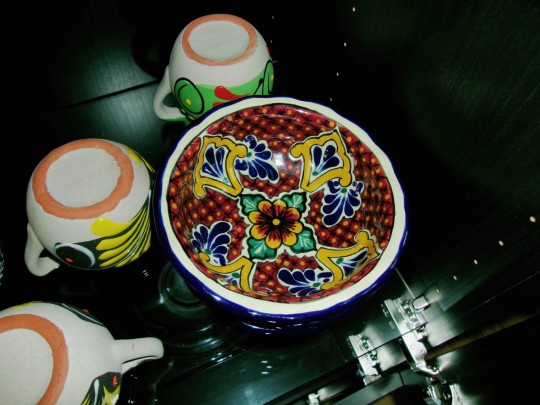#mexican talavera tiles
Photo



Hand-painted Talavera tiles have their roots in the Spanish colonial period, blending the techniques and influences from Spanish, Italian, and Moorish or even Asian pottery traditions. Introduced to Mexico in the 16th century, these decorative tiles quickly gained popularity, adorning churches, monasteries, and grand haciendas. Today, their production is still centered in Puebla as well as San Miguel de Allende and has become a source of pride for Mexican artisans. One cannot help but be captivated by the artistic mastery displayed in Mexican Talavera tiles. Each tile is carefully hand-painted with a wide range of colors, often featuring floral motifs, intricate geometric patterns, and even scenes from Mexican folklore. The detailed craftsmanship and precision make each tile a work of art in its own right, showcasing the dedication and talent of the artisans who create them. When choosing your favoirte patter, remember that colors hold deep symbolism in Talavera tiles from Mexico. The cobalt blue, a prominent shade, represents the influence of Spanish pottery, while the vibrant yellows and greens draw inspiration from Mexican landscapes and flora. Symbolism also plays a role, with certain patterns and motifs carrying cultural significance. Understanding the meanings behind these colors and symbols adds another layer of appreciation to the beauty of Talavera tiles.
While rooted in tradition, decorative Talavera tiles have seamlessly transitioned into modern design aesthetics. From kitchen backsplashes to bathroom accents, these tiles add a touch of authenticity, warmth, and vibrancy to any space. Interior designers and homeowners alike are increasingly incorporating Talavera tiles into their projects, creating unique and visually striking environments that pay homage to Mexican heritage. Handmade Talavera tiles continue to enchant and inspire with their timeless beauty and cultural significance. From their origins in Puebla to their versatility in contemporary design, these handcrafted treasures have stood the test of time. Whether used in traditional or modern settings, Talavera tiles celebrate the rich artistic heritage of Mexico and allow us to discover the captivating beauty that lies within each meticulously crafted tile.
#handmade talavera tiles#mexican talavera tiles#mexican tile#mexican tiles#talavera tiles#MexicanTileStore#mymexicantile
9 notes
·
View notes
Text

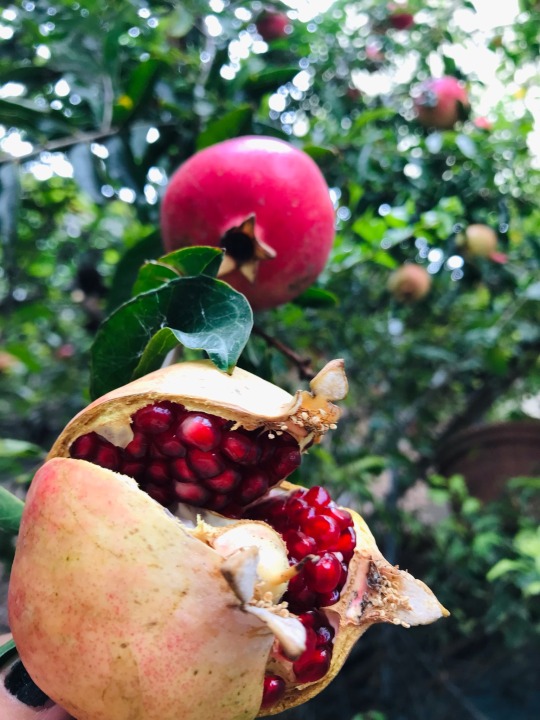

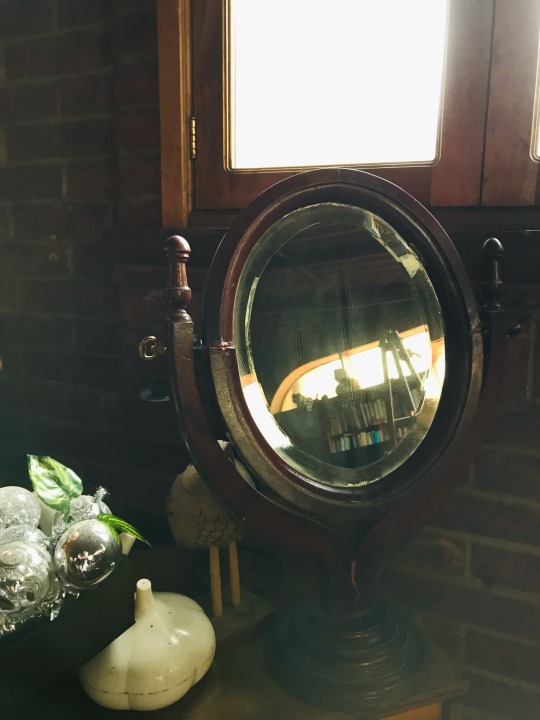



Mi casa es muy “aesthetic” Pt 1
CDMX
Julio 2023
#ciudad de méxico#aesthetic#mexican talavera tiles#blue#house#artemexicano#mexico#tradicional art#architecture#soft life#green#aestheitcs#tranquility#dream house
6 notes
·
View notes
Text
Complementing the rustic charm of terracotta sinks are Mexican Talavera tiles, renowned for their vibrant colors and intricate patterns. Originating from the city of Puebla, Mexico, Talavera tiles are meticulously hand-painted using techniques that have been passed down through generations of artisans. Each tile tells a story of tradition and heritage, adding depth and character to any surface they adorn. In the context of bathroom design, hand-painted Talavera tiles serve as the perfect backdrop for terracotta sinks, creating a visually captivating ensemble that celebrates the beauty of handmade craftsmanship. Whether used as a backsplash, accent wall, or flooring, these tiles infuse the space with a lively energy and a sense of cultural richness. To achieve a harmonious aesthetic in your bathroom, consider selecting Mexican Talavera tiles that complement the natural hues of terracotta sinks. Opt for patterns and colors that echo the warmth of the clay, such as earthy browns, deep blues, and vibrant yellows. By creating visual synergy between the sink and the surrounding tiles, you can achieve a cohesive look that exudes elegance and sophistication. In addition to enhancing the aesthetic appeal of your bathroom, incorporating handmade terracotta sinks and ceramic, Mexican tiles also allows you to support traditional artisans and sustainable practices. Each piece is crafted with care and attention to detail, ensuring that your bathroom becomes a showcase of artistry and authenticity.
#myrustica#HANDMADE TERRACOTTA BATHROOM SINKS#MEXICAN TALAVERA TILES#RUSTIC BATHROOM#TALAVERA BATHROOM SINKS#TERRACOTTA BATHROOM SINKS
0 notes
Text
To complement the vibrant allure of Talavera tiles, rustic copper appliances provide the perfect balance of elegance and functionality. A copper farmhouse sink, with its weathered patina and timeless appeal, adds a touch of Old World charm to any kitchen. Not only does it serve as a practical workspace for meal preparation, but it also becomes a striking focal point that anchors the room with its warm, lustrous glow. Similarly, a copper range hood lends a sense of drama and sophistication to the kitchen while serving a crucial role in ventilation. Whether adorned with ornate scrollwork or kept sleek and minimalistic, a copper range hood effortlessly commands attention and imbues the space with an air of rustic elegance. When combining Talavera tiles with rustic copper appliances in your kitchen, harmony is key. Opt for a cohesive color palette that allows the vibrant hues of the tiles to shine while complementing the warm tones of the copper. Consider incorporating natural elements such as wood and stone to enhance the rustic charm of the space, and don't be afraid to mix and match patterns and textures for added visual interest.
#mycustommade#copper famrhouse sinks#copper range hood#copper range hoods#mexican copper range hood#mexican talavera tiles#talavera tiles#Talavera tiles murals
0 notes
Text
May 31, 2023 Wednesday - Surprise gift of tea
A surprise gift of tea made my day at work! Thank you!! I took this picture in the morning.
See my new cactus in my Mexican talavera flower pot.

1 note
·
View note
Photo

https://www.istockphoto.com/photo/stairway-with-mexican-talavera-tiles-gm124635126-9509651
68 notes
·
View notes
Note
Can I say that your incorporation of South/Latin American culture in ABM is just mwah 👌 chef's kiss.
Like- I just now realized that Heaven was supposed to be the mythical City of Gold, El Dorado (I could entirely be wrong though, please correct me if I am)
Just ugh- so good.
I'm not Latin American, I am African American so I'd love to no more about references to your culture that I didn't see because I'm not familiar with it. I love nothing more than seeing other people's cultures in media.
ASHJKA thank you!! I always love it when people point out all the Latin Americanisms. There's a point to it obviously -- ABM is personal, so I let it be personal in this silly way. And it's a bit political --- making Heaven look like a region where Catholicism was very violently imposed on the native population. (The vast majority of the characters - Lucifer, Michael, Baal, Rosier, for ex., are also explicitly brown-skinned, which is intentional. There are also characters who are explicitly Black: Uriel and Azazel).
I have a lot to say about it so!! :
Heaven isn't El Dorado! I actually think the golden roads are super tacky, but it's biblical! Heaven is described as having golden streets in the Book of Revelation! I don't blame you for thinking that though!!
Mannn, there's so many little things about ABM that are little nudges to Mexican or Latin American stuff. The really obvious thing might be Rosier and Asmodeus' house! I actually based it off a house I saw in central Mexico a few years ago that I never forgot. A lot of Heaven has that kind of "colonial Latin America" feeling; again, it's this really subtle political thing and also because I would just really love to live in that house I saw :'). This is basically what I was actually describing with the exterior of Rosier's house, plus the Mexican-style talavera floor tiles:
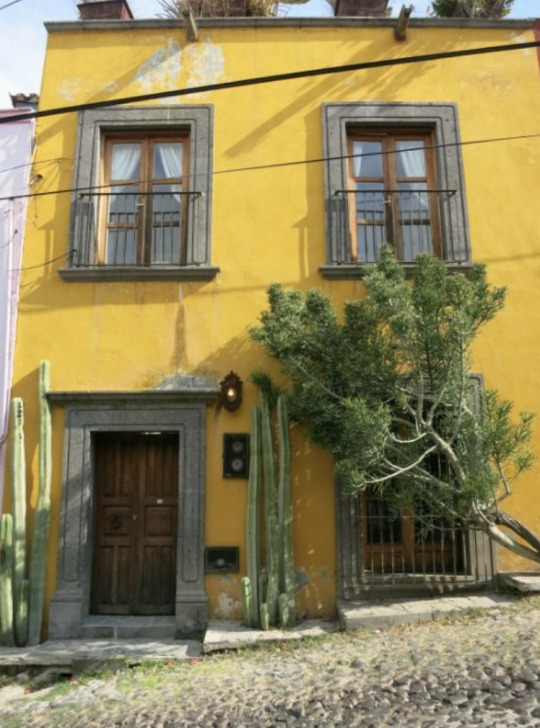

And Michael's house!! A tiny joke about Michael's house is that the stairway up into the actual living area, the gate before the stairs, and the flat roof (stuffed with a bunch of stuff) is just a typical lower-middle-or-lower class Latin American house haha. It's tough to find a good picture of what I mean, but this is sorta what it's based off:
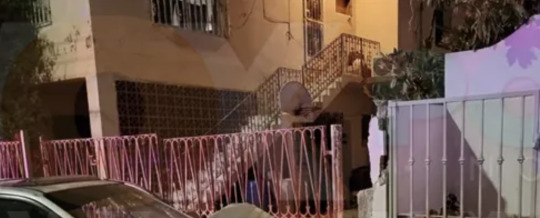
The plaza at the center is also just a fairly typical Latin America plaza (at least in my head) but I did keep that one vague. Something a little more obvious is the description of Heaven's streets very early in the book as narrow with colorful homes that are pressed so close together that they resembled one. I took this from colonial LatAm, as well :) :

And clothes!! Angels usually wear tunics, but sometimes I allude to them being in a more Mex/Central-American style, such as the part where Lucifer's tunic is embroidered by the collar with lavender. I also mentioned golden filigree earrings, which I took from the typical Mexican ones. Examples:
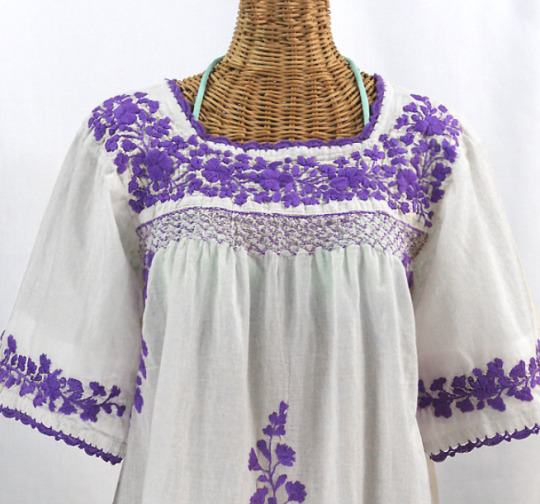

Another thing is all the emotional emphasis on hair braiding, like when Rosier says he’s braiding love into Lucifer’s hair, then Michael braiding Lucifer again when they’re on Earth. It’s also mentioned that some angels have ribbons in their braids (for ex., Asmodeus in the scene before Michael chases Lucifer). Braids are pretty culturally important in greater Latin America, though I was mostly thinking of the indigenous-Mexican braids that lots of people are familiar with :) It’s something I am personally really connected to:
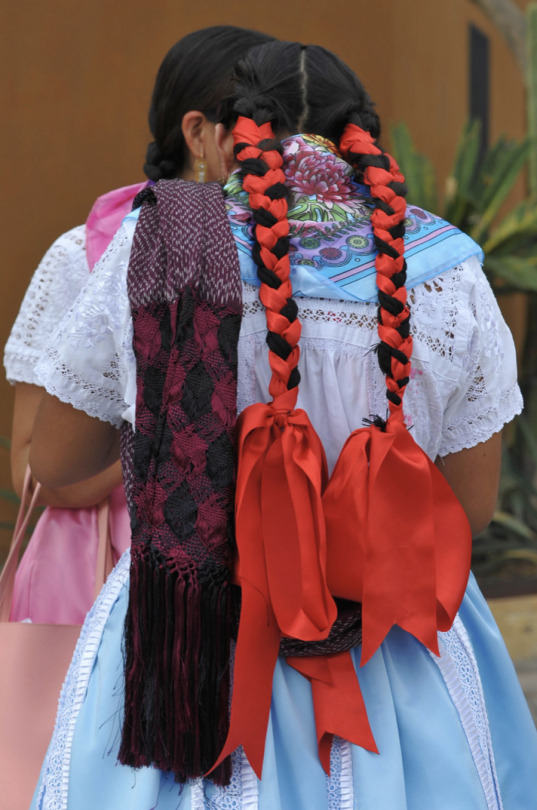
Some other little things:
Asmodeus drinking yerba mate (Central South and Lower South American)
Michael chewing coca leaves (Andean)
Lucifer cooking with chayote and jalapeño for his very Mexican soup
All the references to spicy food and beans
The rhythm-heavy music and hip-shaking dancing is pretty Latine! I like to say that they're constantly listening to cumbia,
Angels being obsessed with gossip is a little point about how Christian communities are two-faced, surveilling, judgmental, and controlling -- it's also a little joke about Latine people being gossipy haha
The exploration of Christianity in ABM is informed by my personal experiences with Mexican Catholicism and its authority figures, so a lot of my ""critiques"" (I wouldn't really call them that) in the book are about how God, angels, and Satan are conceived by Mexican Catholics. I'd also be lying if I said that I didn't make the angels so genderqueer to go against the aggressive machismo (toxic masculinity) associated with Mex Christianity.
I think this does kind of matter since Christian groups are really different everywhere and have different interpretations, and I never intended to do a big broad exploration of Heaven that would account for everyone, nor do I think that's possible or would be worth much. I wanted to write about my Catholicism and my God, and so I did.
! On the topic of machismo, I actually originally intended to write God as a much more clear cut representation of the typical Christian macho father figure of Latin American families. This would have involved him being physically abusive and hitting Lucifer occasionally, along with more verbal insults. (I considered making him whip Lucifer with a leather strap, to parallel Mexican fathers hitting their children with a belt. There was even dialogue planned where he would berate Lucifer for his femininity, particularly his gestures). I moved away from this concept for a couple reasons but a big one is that I assumed people would think I was making him over-the-top evil if I made him slap or punch Lucifer. (And for any Latines reading this, no I don’t think all Latine fathers are like this but this is undoubtably… a societal problem). (Some people already think I made God “too evil,” so now I wonder how much angrier readers would be if the whipping had been kept in aha)
Oh and one final thing -- I'm really happy you like the incorporation of my culture into the book!!! It was one of my main worries when I was still querying to traditionally publish :') So thank you
#this book is a COMEDY tbh#i almost wrote them wearing ponchos and making tamales too HAHAHSJAD#ive been wondering if i should make it even MORE Latin American just for fun#you know if it gets rereleased#;)#ask#mine#angels before man
52 notes
·
View notes
Text
I am trying to develop an aesthetic that is my own and not my half-hearted attempts to reproduce my mother’s (which is very nice just not my style or personality at all). in order to do this I am trying to pay close attention to things that make me gasp aloud with joy or delight when I see them. then I’m trying to look for the connecting threads! the framework that could hold it all together!
here is the list so far:
a bathroom painted in the color living coral
my Mediterranean villa shower curtain
that gold squirrel lamp from world market I almost rescued from the side of the road but lost to a teenager
my large painting of a cockatiel from target
every shade of the color teal from very light to the darkest, most saturated blue-green teal
everything about this image which I think is of a hotel exterior in Morocco? I love the colors I love the texture of the walls I love how weather-worn the furniture looks
this derpy tiger rug I just bought on super sale over labor day
that flamingo wallpaper but specifically the idea of putting it secretly inside of my cabinets so when you open them you experience a little jolt of surprise and delight
very colorful patterned tile—the kinds you think of when you think of Greek, Moroccan, Spanish, Mexican kitchens or tiled areas. I love the blue and white patterned tile I associate with the Greek islands but I also adore talavera tile of all kinds and colors
I love colorful unusual dishware and especially mugs! I kinda especially love it when stuff doesn’t match but each dish or mug has something interesting and wonderful about it or has a story behind it
this print which I just bought today (although I found a cheaper large poster version of it). I think I just really like things that either have character or have characters in them—like every time I see My Guy (my cockatiel) I feel that jolt of delight because he’s such a character in my mind now. this ghost makes me feel the same thing. I can tell he will become a character in my life with a distinct temperament and I’ll think about his inner life in passing every time I see him in the hallway or wherever.
I also really like an aesthetic that is kind of like… folk art-ish? like visually I love the style of Eastern European folk art forms—color, pattern, the way the objects or patterns can be intricate and beautifully crafted but don’t feel perfectly polished. hmm will think more about how to describe this. I think I especially like forms of folk art or handicrafts that feel like they were made by moderately talented amateurs? like I have this framed piece of needlepoint I found at goodwill that someone made for a friend in the ‘70s (she stitched the date onto it) and I love it so much because 1) it feels like there’s a story behind it and I love to think about the characters involved and 2) it’s a work of amateur art, lovingly made, that now belongs to me and lives in my home. I also like that some of the things I like are other people’s junk!
and I like things my friends have sent me I decorate very liberally with the cards, art, etc I receive in the mail from friends
I also like things that feel like there could only be one of them or like there’s only one left! like I’ve seen my Target bird in other places since but I think 70% of the magic for me was coming around the corner and seeing him there, the only piece of art in an otherwise totally picked over section. just, again, that jolt of surprise and delight! the serendipity of the unexpected encounter. it’s very joyful to me and then the object seems forever suffused with that initial spark of joy for me so I relive it a little each time I greet it anew
plants!! green things I love green things. I love green things and terracotta especially.
hmmm this is revealing some interesting things I want to keep thinking about this!!!
10 notes
·
View notes
Text
Unique Kitchen Tile Murals
Unique Kitchen Tile Murals
With the help of these unique kitchen tile murals, you can transform your kitchen into a beautiful and welcoming space. You can choose from a variety of designs and colors to find something that you like. These are not only used in kitchens but also in other rooms such as bathrooms and living rooms or gardens and patios. For example, Mexican border tiles décor is one of the most popular styles of…
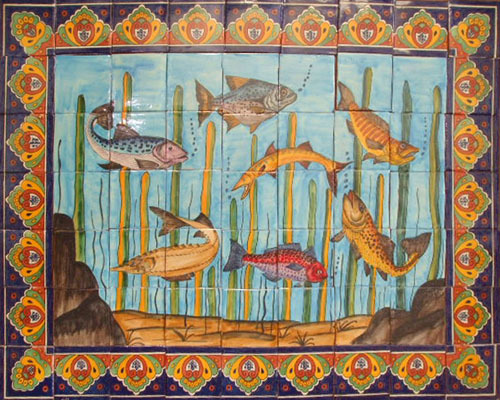
View On WordPress
#kitchen tile murals#mexican talavera tiles#mexican tile#mexican tile murals#talavera tiles#tile murals
2 notes
·
View notes
Link
Check out this listing I just added to my Poshmark closet: "Fiesta De Mexico" Glossy Mexican Talavera Ceramic Tiles 4"X4".
0 notes
Text
Counter Talavera Tiles
Hey there, fellow tile enthusiasts and kitchen connoisseurs! Get ready to embark on a colorful journey through the whimsical world of Mexican Talavera tiles. Picture this: you’re strolling through a bustling Mexican marketplace, surrounded by vibrant hues and intricate designs, when suddenly, you stumble upon a collection of Talavera tiles so enchanting, that they practically beg to be the star…

View On WordPress
#counter Talavera tiles#hand-painted Talavera tiles#kitchen decor#mexican talavera tiles#Talavera tiles for counters
0 notes
Text
Moroccan High-relief Tiles
In the colorful world of Southern-style interior design, few elements can transport you through time and space quite like Moroccan high-relief tiles. With their intricate patterns and vibrant hues, these tiles tell stories of ancient civilizations, cultural exchanges, and the timeless allure of craftsmanship. Born from a fusion of Moorish influence and indigenous craftsmanship, Mexican Talavera…
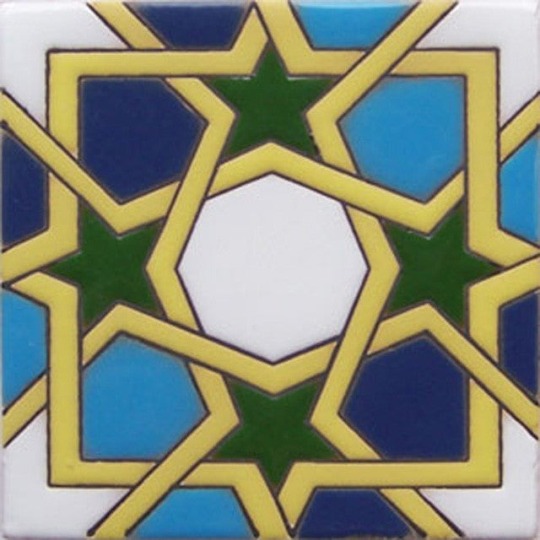
View On WordPress
#bathroom decor#hand-painted high-relief tiles#kitchen decor#kitchen tile murals#Mexican design#Mexican Talavera tiles#Moroccan high-relief tiles
0 notes
Text
What are the cultural and regional influences on modern restaurant interior design?
Title: Exploring Cultural and Regional Influences on Modern Restaurant Interior Design
Introduction
Restaurant interior design plays a crucial role in creating a memorable dining experience for customers. It not only sets the ambiance but also reflects the restaurant's identity and the cultural and regional influences it draws upon. In this blog, we will delve into the fascinating world of how cultural and regional factors shape modern restaurant interior design, transforming spaces into unique and immersive environments.

Cultural Significance
Culture is an essential element in shaping restaurant interior design. Different cultures have distinct aesthetics, traditions, and values that are reflected in their culinary experiences. When patrons walk into a restaurant, they expect more than just food; they seek an authentic cultural encounter.
a. Asian Influence:
Asian restaurants often incorporate elements like bamboo, cherry blossoms, and intricate woodwork to create a serene and Zen-like atmosphere.
The use of bright reds, gold accents, and traditional Chinese or Japanese artwork can be seen in Asian-themed restaurants, evoking a sense of luxury and elegance.
b. Mediterranean Vibes:
Mediterranean restaurants typically feature warm, earthy tones, rustic materials, and cozy seating arrangements to replicate the region's relaxed and friendly atmosphere.
Mosaic tiles, wrought iron, and vibrant blue accents are common design elements found in Mediterranean-inspired eateries.
Regional Cuisine
The cuisine served in a restaurant often influences its interior design. Regional specialties demand a specific ambiance to enhance the dining experience.
a. Mexican Flavors:
Mexican restaurants are known for their vibrant colors, including bold oranges, reds, and yellows, creating a festive and lively atmosphere.
Traditional Mexican motifs, such as Talavera tiles, papel picado (cut paper decorations), and rustic wooden furniture, are commonly used to infuse authenticity into the space.
b. Italian Elegance:
Italian restaurants focus on creating an intimate and romantic atmosphere, often featuring dim lighting, rich wooden furniture, and soft music.
Murals depicting Italian landscapes and vineyard-inspired décor are popular design choices in Italian eateries.
Regional Geography
The geographical location of a restaurant can also significantly impact its interior design. Urban restaurants, for instance, differ from those located in rural areas.
a. Urban Chic:
Urban restaurants often embrace modernity, with sleek, minimalist furniture, industrial elements like exposed brick and metal, and open kitchen concepts that highlight culinary artistry.
A contemporary urban vibe reflects the fast-paced lifestyle of cities.
b. Rural Charm:
Restaurants situated in rural or countryside locations tend to emphasize natural materials like wood and stone, along with large windows that offer panoramic views of the surrounding landscape.
The interior design aims to connect diners with nature and create a tranquil, rustic environment.
Fusion and Creativity
Many modern restaurants aim to create a unique fusion of different cultures and regions in their interior design. This fusion allows for innovative and exciting combinations that can attract a diverse clientele.
Conclusion
Modern restaurant interior design is a dynamic and creative field that draws inspiration from various cultural and regional influences. Whether you're dining in a chic urban bistro, a cozy Mediterranean eatery, or a fusion restaurant that blends the best of multiple worlds, the ambiance plays a crucial role in enhancing the overall dining experience. By understanding and embracing these cultural and regional influences, restaurateurs can create spaces that not only serve delicious food but also transport diners on a journey of sensory delight and cultural exploration. One can achieve this by getting in touch with renowned design and build firms such as Flipspaces, who can help you with the same.
1 note
·
View note
Text
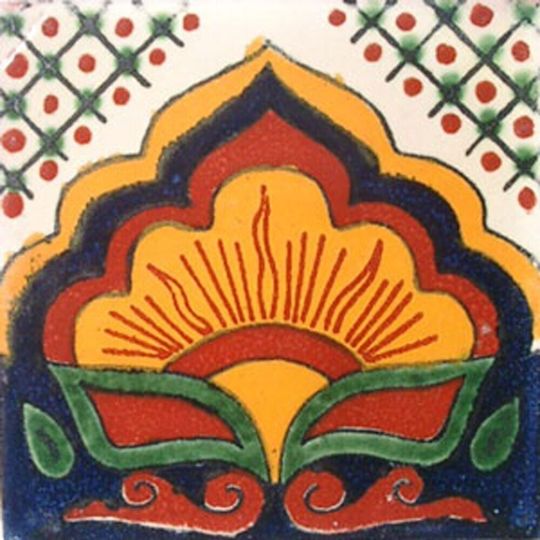

C#014) MEXICAN TILES CERAMIC HAND MADE SPANISH INFLUENCE TALAVERA MOSAIC ART ebay mydecoration
1 note
·
View note
